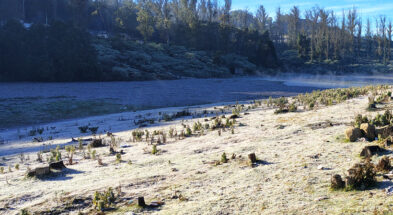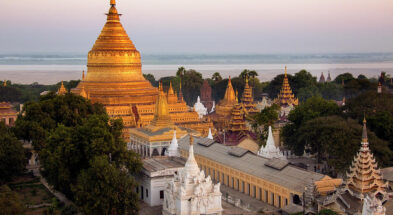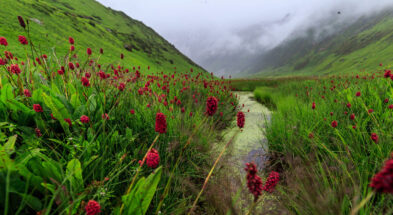Located off the coast of the Murud village near the Arabian Sea, Murud-Janjira fort is one of the strongest and beautiful marine forts in India. Around 55 km from the popular town of Alibag in Raigad district, Murud-Janjira is a very popular historic fort. With the Arabian Sea on all four sides, this mighty fort has stood for centuries and is a symbol of the Marathas’ history of the region. The fort is around 50 feet in height and is regarded as an architectural marvel.
The name Murud-Janjira originates its name from the Arabic word ‘Jazeera’ meaning “Island”. The fort was originally built by the Sultans and later various modifications were done by the Marathas. The fort was a full-fledged living fort with natural lakes, offices, palaces, religious centres in it. During times of conflict, the roof of the fort was used as a watchtower. Now the roof provides a splendid view of the blue, crystal clear water of the Arabian Sea and golden sands of Murud Beach.

Many conflicts and battles happened in and around the fort, which destroyed some of the parts of the fort and its towers. At the beginning of the 18th Century, the Siddis had total domination over the Murud-Janjira Fort and controlled it for a long duration. Due to its varied structure and location in the middle of the sea, the enemies were easily spotted. The mighty Siddis defended the fort and defeated enemies like the Portuguese, British, and the Marathas.
In 1736, a battle broke out between Siddis and Peshwa Bajirao of Marathas. In a span of a few months, the battle ended in favour of the Marathas and the remaining Siddis were given lands in Gowalkot and Anjanwel. Later with the decline of the power of Peshwa Bajirao and the diminishing Maratha Empire, the fort remained unconquered for decades and post-independence became a part of the Indian Territory.
In the Murud-Janjira Fort, around 500 cannons were used in fights. Now, only a few cannons exist and are very popular among visitors. Other than that, the fort has housed some of the beautiful tombs, water tanks and a few stone sculptures. The very popular gate of the fort is the entrance gate, which is known as “Sher Darwaza” (Tiger’s Door) with a small sculpture of six elephants and a tiger.



















